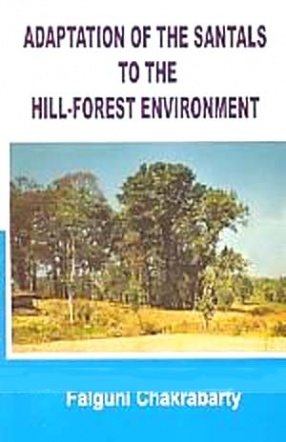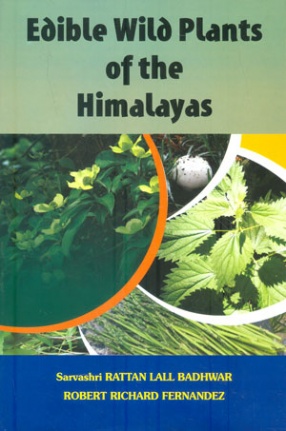Adaptation of the Santals of the Hill-Forest Environment
The relationship between human beings and environment is always mediated through culture. Human beings do not only utilise natural resources for their survival but they also perceive the environment through the cultural repertoires available at a particular period of time. The technology, social organization and the cultural values of any human community forms a whole which can be viewed in the context of its environmental sub-stratum. Accordingly, any technical ingenuity or socio-cultural peculiarity may acquire a wider significance in the light of the intricate processes of natural resource utilisation. This theoretical standpoint takes us into the core of environmental or ecological holism.
The linkages of technology and the social institutions with the environment become one of the most important subjects of interest in anthropology. In fact, both the evolutionist and diffusionist schools tried to trace the gradual transformation of society and culture in the context of their particular environments. The present book is a typical representative of the classical empirical anthropology which gives an understanding about man-nature relationship of the Santal tribal community in a particular geographical niche and look into the nuances of appropriate technology and the social institutions linking the means of production. The book deals not only with the adaptation of the Santals in the context of a hill-forest environment where they depend on agriculture as well as forest resources for their sustenance but also with the underlying rationality of the Santals behind their techno-economic activities in the context of hill-forest environment.
The central thrust of the present book lies in showing the role of sacred grove centric village social organisation of the Santals which regulates the agricultural practices of the community in a particular environment. The book deals in detail the various stages of agriculture as well as the pragmatic rationality of the Santals behind every agricultural operation. The dependence of this agricultural community on forest resources has also been depicted in the book quite meticulously which reveals that dual dependence on gathering and food production forms the backbone of the Santal material life in the Ajodhya hill of Purulia district, West Bengal.
Get it now and save 10%
BECOME A MEMBER








Bibliographic information